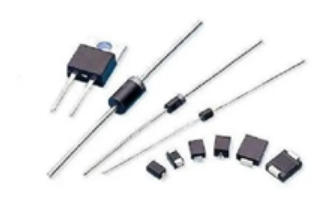Date:2025-07-15 Categories:Product knowledge Hits:316 From:Guangdong Youfeng Microelectronics Co., Ltd
The common parameters of rectifier diodes include rated voltage, maximum operating voltage, maximum rated current, reverse leakage current, and reverse breakdown voltage.
1. Rated voltage
The rated voltage refers to the maximum rated voltage of a rectifier diode under forward voltage, usually ranging from 0.5V to 0.7V.
2. Maximum operating voltage
The maximum operating voltage is the maximum voltage that a rectifier diodes can withstand, usually ranging from tens of volts to several thousand volts.
3. Maximum rated current
The maximum rated current refers to the maximum current that a rectifier diodes can withstand, usually ranging from a few hundred milliamps to several tens of amps.
4. Reverse leakage current
Reverse leakage current refers to the leakage current of a rectifier diodes under reverse voltage, usually ranging from a few microamperes to a few milliamps.
5. Reverse breakdown voltage
The reverse breakdown voltage is the maximum withstand voltage of a rectifier diodes, usually ranging from several hundred volts to several thousand volts.
In short, rectifier diodes are components used to convert alternating current into direct current, and their characteristics, classification, and commonly used parameters are of great significance for circuit design and component selection.

Previous: Classification, Structure, and Principle of MOSFET